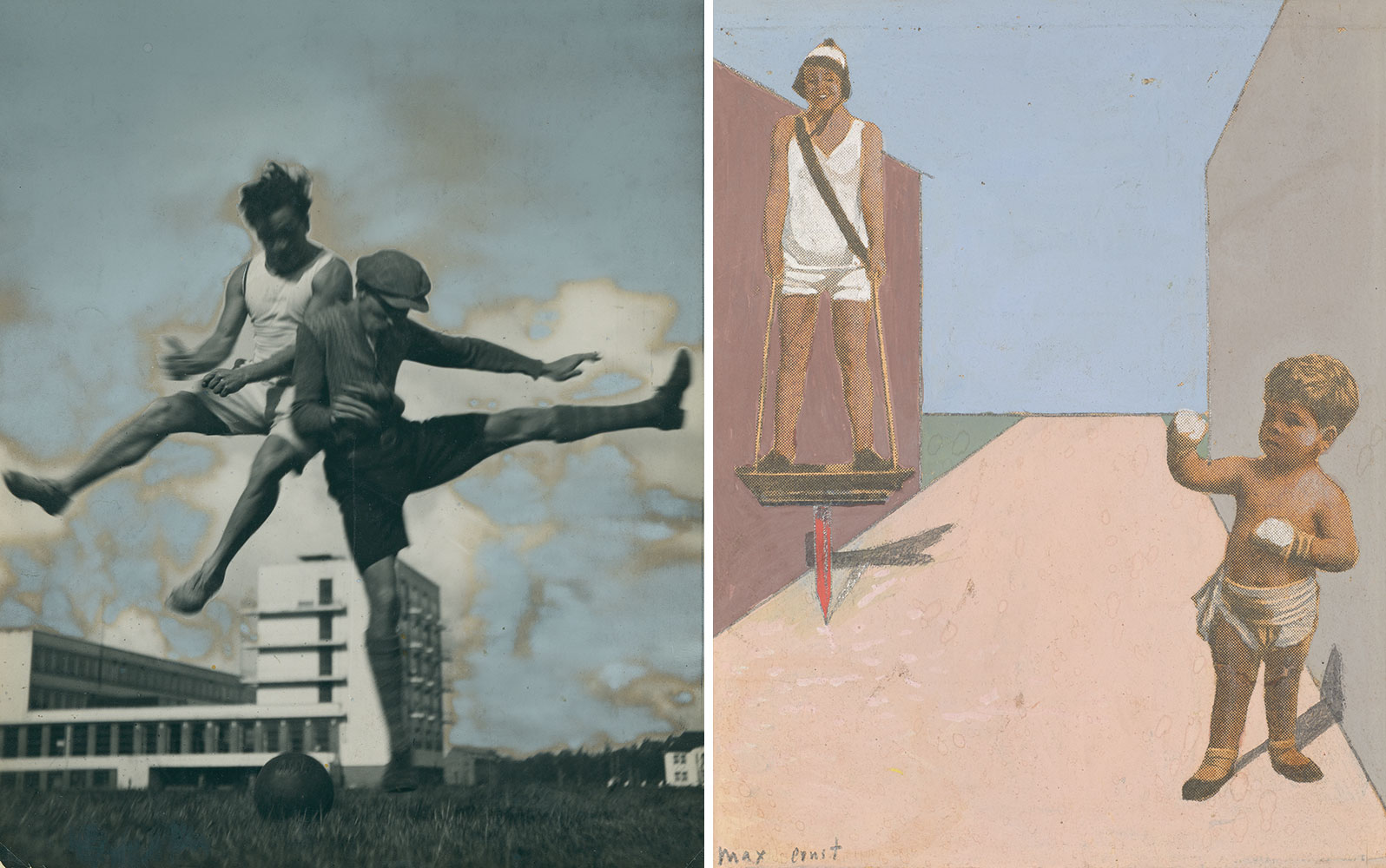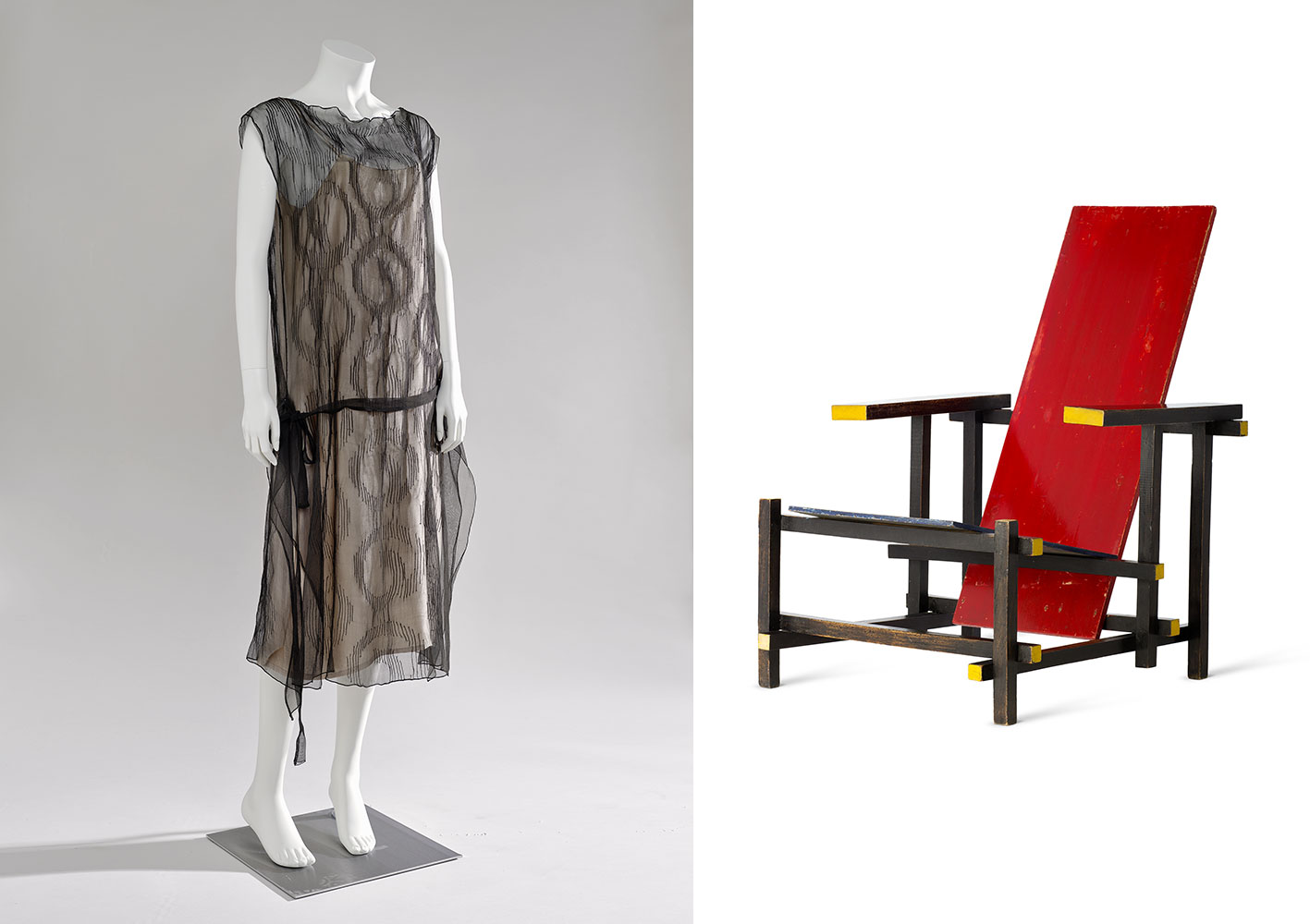ART CITIES:Bilbao-The Roaring Twenties
 Bookended by two terrible world wars, the 1920s were characterized by a tireless quest for new pathways in a host of realms in society, from knowledge to art and culture. Conquests like leisure for the vast majority, the visibilization of certain minorities, the design of modern cities, the rupture of countless taboos, scientific discoveries—such as the birth of quantum mechanics, which cast doubt on many of the classic concepts on which physics was grounded—and the questioning of gender roles, along with the early emancipation of women are just some of the lines that reveal a shift in direction during this decade, which concentrated an astonishing explosion of creativity, freedom, and contagious joie de vivre in just ten years.
Bookended by two terrible world wars, the 1920s were characterized by a tireless quest for new pathways in a host of realms in society, from knowledge to art and culture. Conquests like leisure for the vast majority, the visibilization of certain minorities, the design of modern cities, the rupture of countless taboos, scientific discoveries—such as the birth of quantum mechanics, which cast doubt on many of the classic concepts on which physics was grounded—and the questioning of gender roles, along with the early emancipation of women are just some of the lines that reveal a shift in direction during this decade, which concentrated an astonishing explosion of creativity, freedom, and contagious joie de vivre in just ten years.
By Efi Michalarou
Photo: Guggenheim Museum Archive
As a rare perspective compared to other shows devoted to this period, the exhibition “The Roaring Twenties” reflects the exchange between different progressive movements such as the Bauhaus, Dadaism, and the New Objectivity through seven narrative chapters, and it includes icons of architecture design which reveal the formal diversity that characterized those transformative years. This exhibition goes beyond clichés about the 1920s, exploring which aesthetic moments of that time were so influential and important that they are still omnipresent in the present, even though we barely take notice of them. It also features the works of contemporary artists who explicitly use the formal language and themes of the 1920s, thus linking it up with today. The 1920s was a decade riddled both with difficulties and progress: cities were growing at a breakneck speed, the patriarchal concept of family was being questioned and transformed, and disadvantaged social groups were making their voices heard in culture and politics. On the other hand, improved conditions for workers went hand in hand with a growing leisure industry, and a spirit of innovation fed art, where experimentation spanned all the disciplines. Sections: Moving on from the Trauma of War: The lack of a visible enemy, the exhaustion from an interminable war, and mass-produced weapons’ anonymous capacity for destruction traumatized society. At that time, while the conflict was still underway, an influenza virus which was unfairly nicknamed the “Spanish flu” spread throughout the world, taking millions of lives with it in a pandemic that lasted from 1918 to 1920. This period was characterized by a sense of reality determined by an increasingly fragmented and accelerated world. An important discovery that is reflected in the show is quantum physics, a field profoundly influenced by the insights of Werner Heisenberg, Max Born, and Niels Bohr, who won the Nobel Prize. Based on this knowledge, what mattered was no longer how an atom was built but the processes that it entailed. In consequence, the theretofore static concepts of identity, causality, and objectivity gave way to those in constant motion of ambivalence, chance, and uncertainty. New Roles, New Models: The new ideas around men’s and women’s social roles were closely tied to World War I and its aftermath. Given that men were fighting at the front, women gained and reclaimed new freedoms both at work and in family, and with them a degree of autonomy. The gradual introduction of women’s suffrage in wide parts of Europe after 1918 was its strongest manifestation. This transformation can clearly be seen in the fashion of the time. Among men, beards gave way to shaved faces and slicked-back hair, bowlers replaced top hats, and the more informal suit and elegant tie replaced the rigid frock coat. For women, short hair became the rage, along with knee-length, beltless dresses, and the occasional cigarette held in elegant poses. All over Europe, novels and research were defying the conventional sexual mores and breaking the taboos surrounding certain perversions. New Ways of Seeing: When we say “new ways of seeing,” we tend to think about the 1970s, when television became an everyday household item in Western homes. However, in the 1920s, speed, which was primarily manifested as greater mobility (the automobile), new work methods in factories (the assembly line), and new ways of transmitting information (the radio) were already transforming the way people saw things. Film and photography, disciplines that had largely been ignored by the art world until then, earned greater recognition by artists such as Hans Richter and Fernand Léger, and became increasingly experimental. The debate between the defenders of Figurative art/New Objectivity on the one hand and Abstraction/Constructivism” on the other came to an end, or was at least temporarily suspended, until the early 1930s. The boldest experiments in the field of photography came from Man Ray and László Moholy-Nagy, as attested for example by their unique photograms (photographs without camera), as well as by the show entitled “Film und Foto” (‘FiFo’), one of whose curators was Moholy-Nagy; after it opened in Stuttgart, it travelled via Zurich to Berlin, Danzig, Vienna, Zagreb, Munich, Tokyo, and Osaka. The importance of this show lay in the fact that it was the first to present film and photography together, a parallelism that today, when mobile phones are omnipresent, seems obvious.
The Fashion Revolution: This section analyzes how the aforementioned changes in the self-understanding of women and men were expressed through fashion. Even today, Coco Chanel’s “little black dress” which emerged in 1927, remains the most timeless expression of women’s emancipation made visible in fashion. Clothing became more functional, while silhouette came to the fore. The new woman, “garçonne” or “flapper,” became an eager consumer of the products made by the modern cosmetics industry, while also experimenting with cosmetic surgery, which shifted from reconstructing faces disfigured by war injuries to the quest for ideal beauty. An important supplier of the fashion industry included the silk sector; in the 1920s, Switzerland was synonymous with the silk industry, the largest in Europe with branches also in the US. In this section, several historically significant examples attest to the wide range of silk products and the synergies between artists and industry. Forgotten now, this sector played a key role in the economic upsurge and consolidation of a modern prosperity. Work and Leisure: The icons of design and architecture in the 1920s are firmly etched in our imagery of that time. Leading a decent life was essentially possible thanks to the changes in the working world. Unquestionably, the most significant transformation in people’s everyday lives was the introduction of the assembly line in factories. In addition to allowing consumer goods to be mass-produced, they also lowered the number of hours employees worked, giving rise to a flourishing leisure industry. The Bauhaus school of design, founded in Weimar in 1919 and in Dessau in 1925, was devoted to building a better and more democratic society based on education and culture. In 1928, the Congrès Internationaux d’Architecture Moderne (International Congresses of Modern Architecture or CIAM, 1928–56) opened in the castle of Hélène de Mandrot in La Sarraz, a town in French speaking Switzerland; at its first encounters, several participants like Karl Moser, Le Corbusier, Walter Gropius, and Gerrit T. Rietveld proclaimed nothing less than a socially responsible architecture which would represent the spirit of the day. This aspect also reached the sphere of design, as seen in the iconic designer chairs presented here. New Notions of the Body: In this gallery, viewers will find the new perceptions and forms of dance through luminaries like Suzanne Perrottet and Rudolf von Laban, who were the forerunners of expressionist dance in Germany, along with Valeska Gert, Mary Wigman, Anita Berber, and Gret Palucca. Jazz also arrived in Europe from the USA during this period, bringing with it particularly powerful and vibrant sounds that changed the perception of tempo. Dance is a valid metaphor of this yearning—in both the 1920s and today. It is often said that the generation of 1968 gave way to a revolution of the physical which marginalized traditional models in favor of a broader and more assertive body awareness. As we can see, the same can be said about the 1920s. Contemporary artists such as Rashid Johnson and Shirana Shahbazi exhibited in this section show the actuality of these discourse nowadays. Lust: The quintessence of the “roaring twenties” is found in nocturnal, ecstatic dances oozing with sensuality in Paris’s Montmartre and Montparnasse and in Berlin’s Moka Efti. The exhibition concludes with this explosive expression of an emancipated, sensual lifestyle whose most celebrated figure is dancer Josephine Baker. She was the first person of color to become an entertainment star, achieving success in Europe instead of in her native USA due to the segregation and Prohibition in her country. Josephine Baker is attributed with the introduction and success of the Charleston in Europe. She was so influential that pale-skinned Parisian women applied nut creams to darken their skin to more closely resemble the impressive dancer, known as the “ebony goddess”. Thanks to her charismatic personality, talent, and utter freedom of body and spiritual expression onstage, Josephine Baker soon disarmed her detractors and reaped incredible success. In this gallery, viewers can enjoy a range of experiences that complement the exhibition through an intellectual staging, with literary cabarets, as well as an emotional one, via the colors, perfumes, films, and music of the era. Thus, visitors can dance to the rhythm of jazz, the Charleston, or the chansons of the period, or listen to the classical composers of twelve-tone music.
Photo: Josef Albers, City, 1928, Glass and black, red, and white opaque, 29.1 × 56.1 cm, Kunsthaus Zürich, 1960, © The Josef and Anni Albers Foundation, VEGAP, Bilbao, 2021
Info: Curators: Cathérine Hug and Petra Joos, Guggenheim Museum Bilbao, Abandoibarra et.2, Bilbao, Spain, Duration: 7/7-19/9/2021, Days & Hours: Tue-Sun 11:00-19:00, www.guggenheim-bilbao.eus


Right: Christian Schad, Maika, 1929, Oil on wood, 65 x 53 cm, Private collection , © Christian Schad Stiftung, Aschaffenburg, VEGAP, Bilbao, 2021

Right: Ernest Neuschul, Takka-Takka Dances (Takka-Takka tanzt), 1926, Oil on canvas, 141 x103 cm, Private collection, © Nachlass Ernest Neuschul

Right: László Moholy-Nagy, AXL II, 1927, Oil, graphite, and ink on canvas, 94,1 × 74,1 cm, Solomon R. Guggenheim Museum, Nueva York, Donation, Gift, Mrs. Andrew P. Fuller, 1964, 64.1754, © Estate of László Moholy-Nagy, Photo: Kristopher McKay

Right: Max Ernst, Untitled, ca.1920, Collage with gouache, opaque white and graphite pencil on printed paper mounted on board, Kunsthaus Zürich, Graphic Works Collection, Gift, Erna and Curt Burgauer, 1980, © Max Ernst, VEGAP, Bilbao, 2021

Right: Gerrit T. Rietveld, Red and Blue Chair (Rot-Blauer Stuhl ), 1918 (design) 1960s (production), Painted wood, 86.5 × 66 × 83 cm, Vitra Design Museum, © Gerrit Thomas Rietveld, VEGAP, Bilbao, 2021. © Vitra Design Museum. Photo: Jürgen Hans
